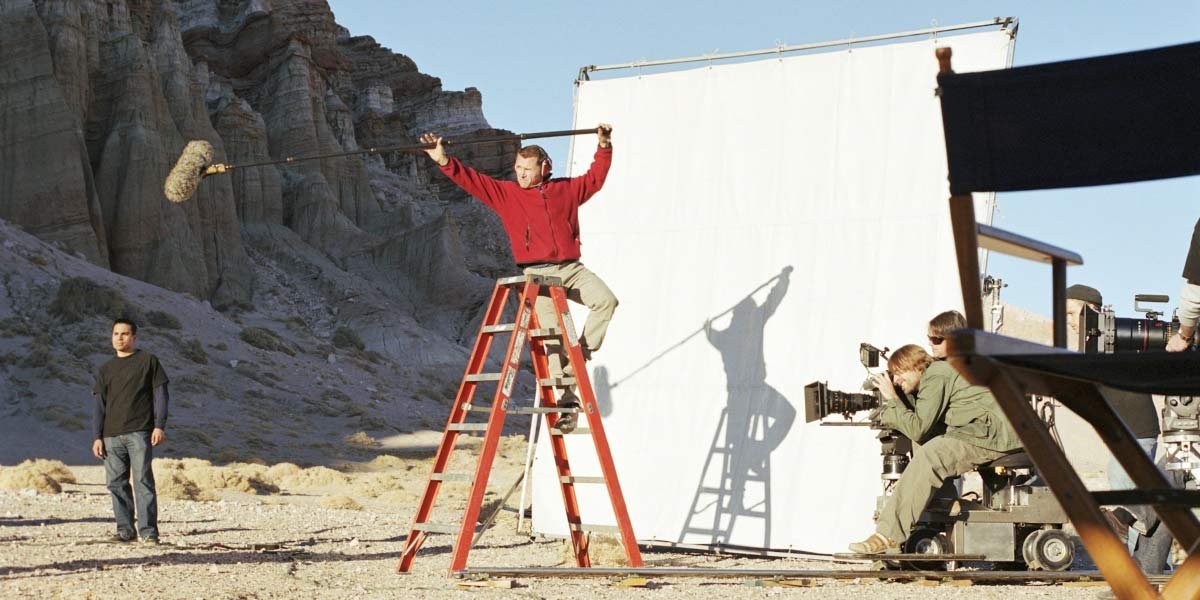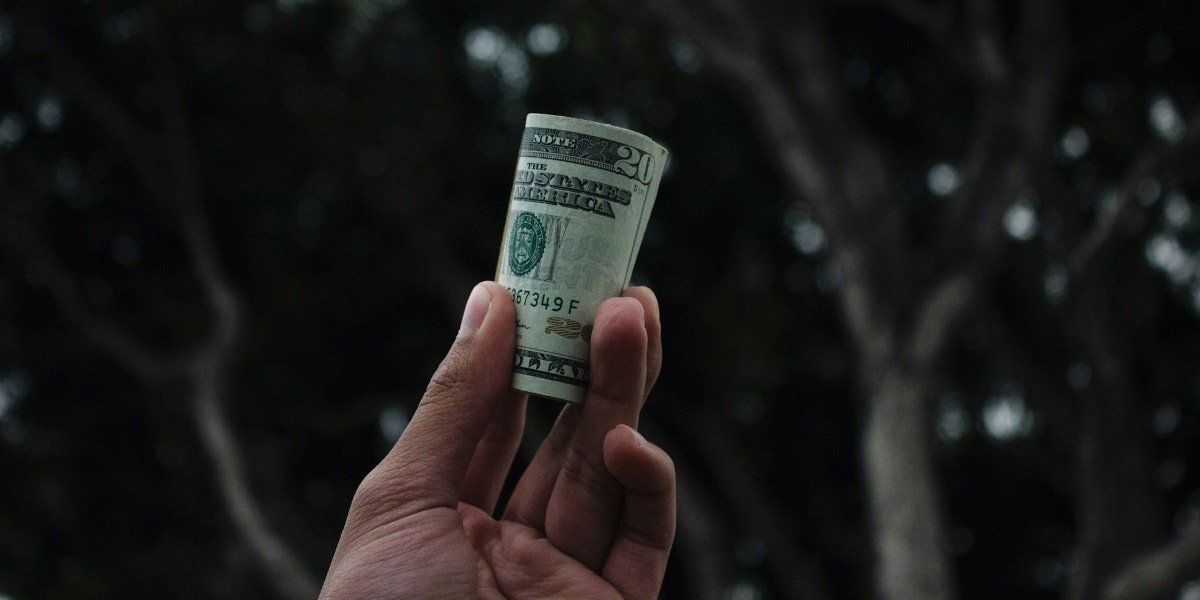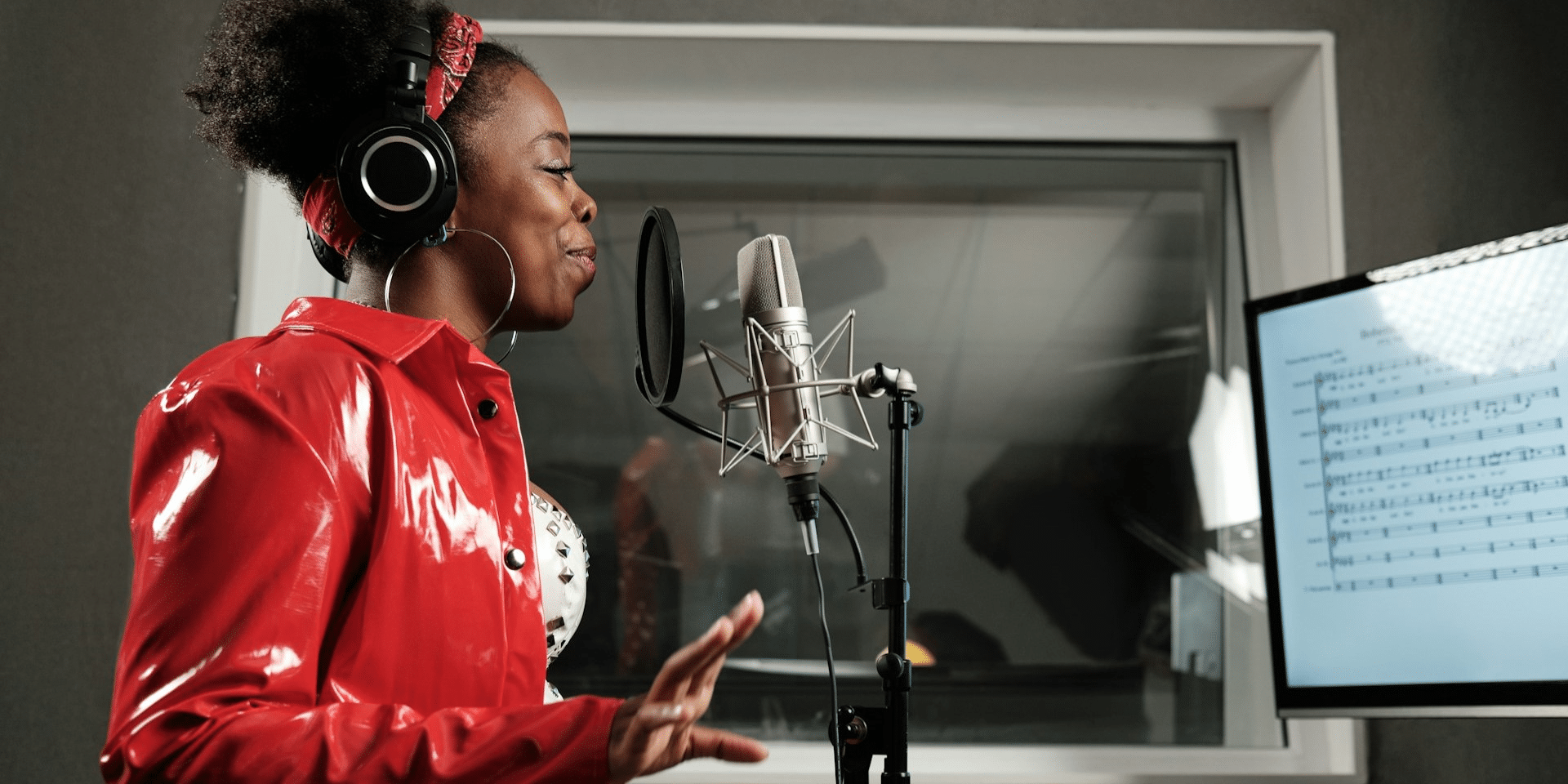Censorship in Hollywood has undergone significant changes over the decades, reflecting shifts in societal norms, technological advancements, and regulatory frameworks. This article explores how censorship has evolved in Hollywood, highlighting key periods and influential factors that have shaped the film industry’s approach to content regulation.
Early Days: The Silent Era and Pre-Code Hollywood
During the silent film era (1890s-1920s), censorship was relatively minimal. Filmmakers enjoyed considerable creative freedom, and the industry was largely self-regulated. However, occasional public outcry over explicit content led to sporadic censorship efforts by local governments and advocacy groups.
In the late 1920s and early 1930s, Hollywood experienced a period known as Pre-Code Hollywood. During this time, films often featured provocative themes such as sexual innuendo, violence, and crime. This era saw the rise of moral watchdogs who demanded stricter regulation of film content, setting the stage for more formalized censorship measures.
The Hays Code Era (1934-1968)
In response to increasing pressure from religious and moral groups, the Motion Picture Production Code, commonly known as the Hays Code, was introduced in 1934. The Hays Code established strict guidelines on what could and could not be depicted in films, covering issues such as profanity, nudity, drug use, and crime.
The Hays Code had a profound impact on Hollywood, leading to significant self-censorship by filmmakers. Directors and writers had to find creative ways to navigate the restrictions, often using innuendo and implication to address mature themes. While some critics argue that the Hays Code stifled creativity, others believe it led to more subtle and sophisticated storytelling.
The Transition to the MPAA Ratings System (1968-Present)
By the late 1960s, societal attitudes towards sex, violence, and other controversial topics had shifted significantly. The Hays Code became increasingly outdated and difficult to enforce. In 1968, the Motion Picture Association of America (MPAA) introduced a new ratings system to replace the Hays Code.
The MPAA ratings system categorized films into different age-appropriate groups: G (General Audiences), PG (Parental Guidance), R (Restricted), and X (Adults Only). This system allowed for greater creative freedom while providing parents with information to make informed decisions about what their children could watch.
The MPAA ratings system has evolved over the years, with the introduction of additional categories such as PG-13 (Parents Strongly Cautioned) and NC-17 (No One 17 and Under Admitted). These changes reflect ongoing efforts to balance creative expression with audience protection.
Contemporary Issues and Digital Age Challenges
The digital age has introduced new challenges for censorship in Hollywood. With the rise of streaming platforms, online content, and social media, regulating film content has become more complex. Traditional censorship mechanisms are often less effective in the digital realm, requiring new approaches to content regulation.
Many streaming platforms, such as Netflix and Amazon Prime, have developed their own content guidelines and rating systems. These self-regulatory measures aim to address concerns about explicit content while allowing for diverse and innovative storytelling. However, the lack of standardized regulations across platforms can lead to inconsistencies in content censorship.
As Hollywood films reach global audiences, cultural sensitivities and censorship standards vary widely from country to country. Filmmakers and distributors must navigate these differences, often making edits to meet the specific requirements of different markets. This global perspective adds another layer of complexity to the issue of censorship.
Notable Censorship Cases
“Gone with the Wind” (1939)
“Gone with the Wind” faced censorship issues due to its depiction of racial themes and use of profanity. The film’s famous line, “Frankly, my dear, I don’t give a damn,” was controversial at the time and required special approval to be included.
“A Clockwork Orange” (1971)
Stanley Kubrick’s “A Clockwork Orange” was initially rated X due to its graphic violence and sexual content. The film was later re-released with an R rating after Kubrick made edits to reduce its explicit nature.
“The Last Temptation of Christ” (1988)
Martin Scorsese’s “The Last Temptation of Christ” faced significant backlash and censorship attempts due to its controversial portrayal of Jesus Christ. The film sparked protests and was banned in several countries, highlighting the ongoing tension between artistic freedom and religious sensitivities.
The Future of Censorship in Hollywood
As Hollywood continues to evolve, finding a balance between creative freedom and responsible content regulation remains a key challenge. Filmmakers must navigate an ever-changing landscape of societal norms, technological advancements, and global audience expectations.
Advances in technology, such as artificial intelligence and data analytics, may offer new tools for content regulation. These technologies could help identify and categorize potentially sensitive content more efficiently, providing viewers with better information and control over their media consumption.
The future of censorship in Hollywood will likely involve ongoing debates and discussions among filmmakers, regulators, and audiences. Striking the right balance between protecting viewers and preserving artistic integrity will continue to be a central issue in the film industry.
Censorship in Hollywood has evolved significantly over the decades, influenced by changing societal norms, technological advancements, and regulatory frameworks. From the early days of minimal regulation to the strict enforcement of the Hays Code and the more flexible MPAA ratings system, the landscape of content regulation has continually adapted. As Hollywood moves forward, addressing contemporary challenges and finding new ways to balance creative freedom with responsible content regulation will be essential for the industry’s growth and development.















